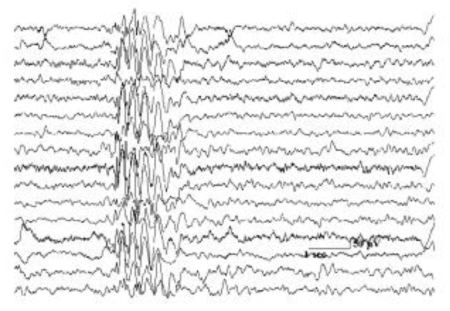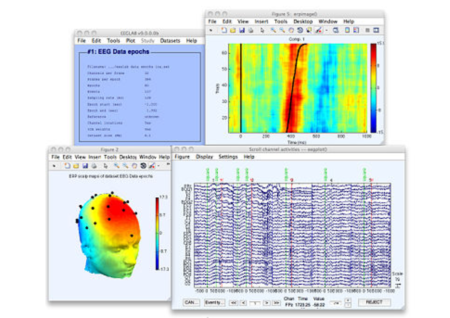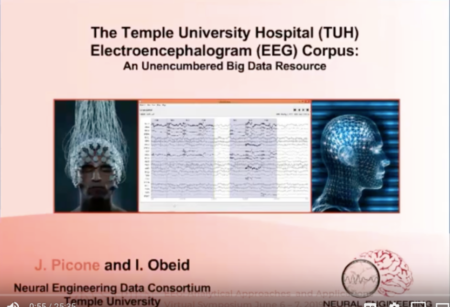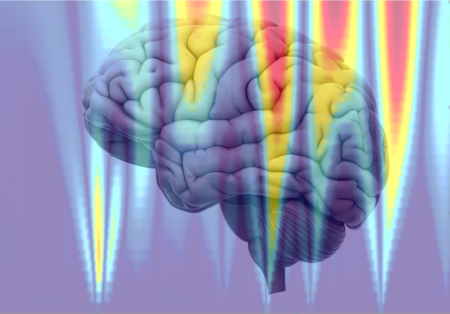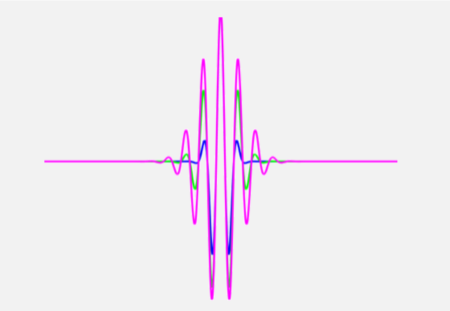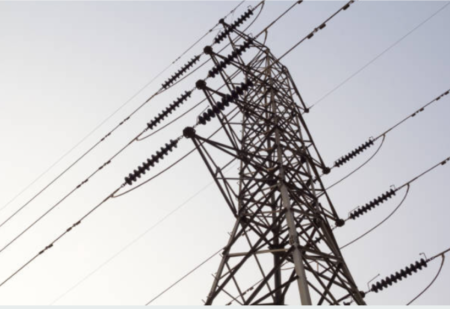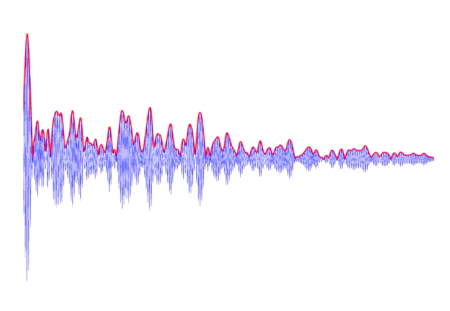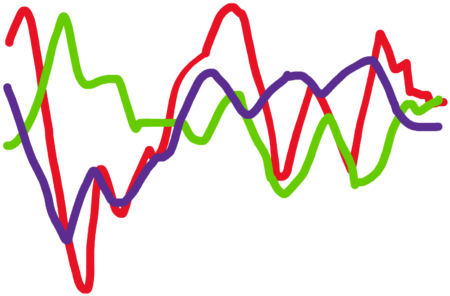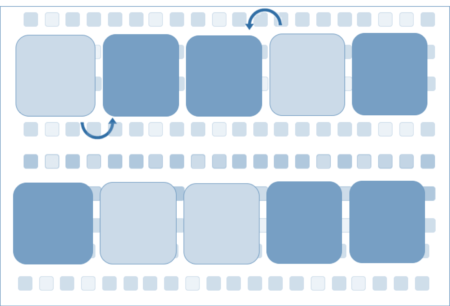Despite a large number of papers and competitions, accurate detection of seizures remains elusive. Here are some of the key challenges. According to the World…
Lab Talk
What’s New in the EEGLAB Signal Processing Platform
EEGLAB is an open source platform running on Matlab with a large set of functions for analyzing the EEG signal that are constantly being updatd. …
The Temple University Hospital EEG Corpus
The Temple University Hospital (TUH) Corpus with over 30,000 EEG records and associated clinical reports is one of the largest open EEG data repositories available….
Applications of Wavelets in EEG
In the previous blogpost, we discussed how wavelets allow us to perform time-frequency characterization of non-stationary signals such as EEG. Here we discuss some applications…
Time-Frequency Analysis and Wavelets
Wavelets overcome limitations of methods such as the fourier transform by enabling a view of changes across both time and frequency. Here is a primer…
How the Power Grid Has Shaped EEG Research
Power line noise at 50 and 60 Hz is bang in the middle of the spectrum of brain activity and is often picked up by…
Alpha Energy – Specifically Estimating the Alpha Oscillatory Component in the EEG
The Alpha Energy metric specifically characterizes the periodic alpha components of the EEG that shows up as a peak above the background decay of the…
A New Metric of Waveform Complexity in EEG Analysis
It is yet unclear which features of the EEG signal are the most informative about brain states and outcomes. A new complexity measure with different…
Using Surrogate Data to Detect Nonlinearity in Time Series
Surrogate data or transformations of a time series that preserve some features of the time series but not others can be used to test various…
Dead or Alive? Rethinking the Flat Line EEG
Death is commonly declared with the observation of a flat line or isoelectric EEG that is irreversible. Yet there are many caveats, challenges and ambiguities…

